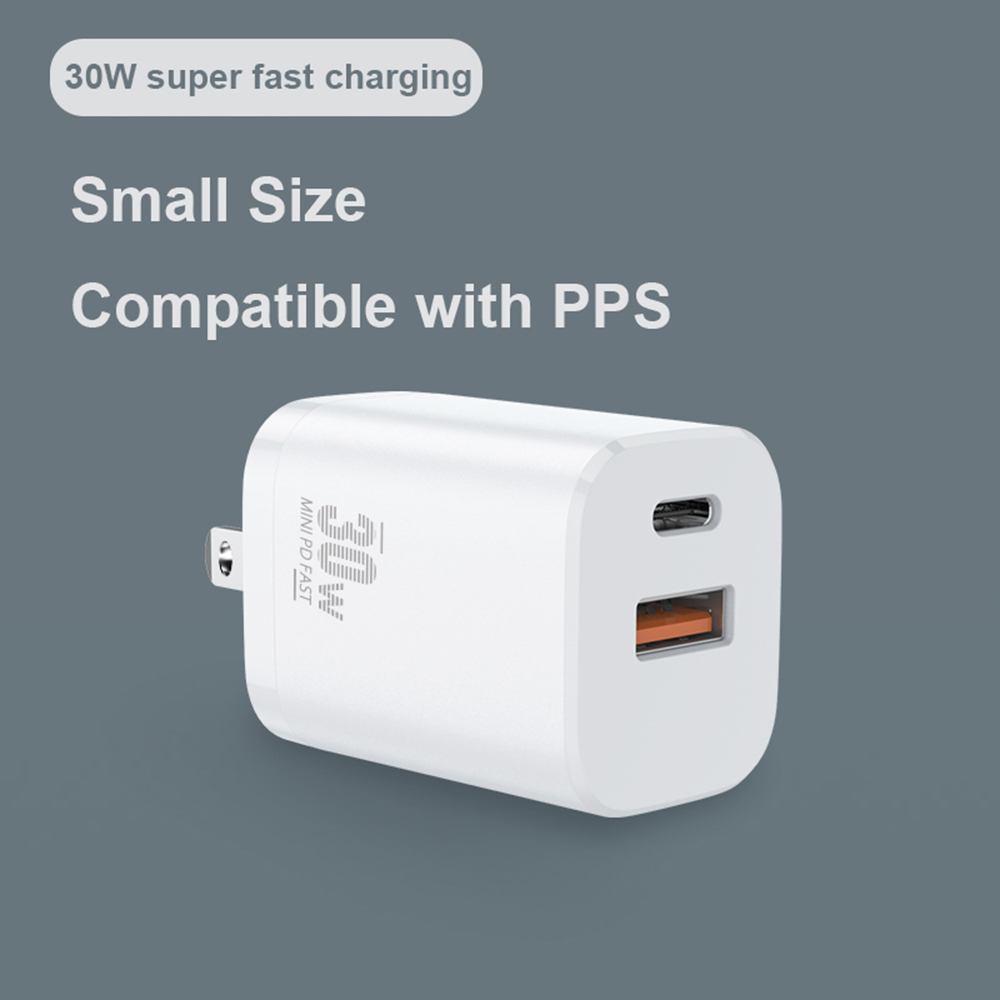In recent developments, a member of the Federal Communications Commission (FCC) has proposed that the committee should specifically allocate the 50-60 GHz band for virtual reality (VR) applications to meet the growing demand for high-resolution image transmission. As the lower frequency bands become increasingly congested, the future of wireless communication is likely to shift toward higher and ultra-high frequency bands—a trend that seems inevitable.
Whether VR will successfully secure this exclusive frequency range remains uncertain, as many factors are still in play. According to RadioMagOnline, FCC Commissioner Ajit Pai suggested on a C-SPAN program that the FCC should explore opening up the 50-60 GHz spectrum for VR. He emphasized that high-resolution VR content requires massive bandwidth, which means it needs access to large frequency allocations. When asked about the FCC’s role in VR development, he referenced an idea from a CES exhibitor, stating that the industry is eager for the FCC to help plan wide channels for VR applications. This, he noted, is a key area where the FCC can provide meaningful support.
However, the 50-60 GHz band is currently underutilized, yet it has attracted significant attention from various industry groups and standards organizations. For example, while the 5G communication standard is still being finalized for 2020, companies in South Korea, Japan, and the U.S. are already showing strong interest in developing technologies above 6 GHz. South Korea, in particular, has expanded its 5G spectrum plans to include the 50.4–52.6 GHz and 66–74 GHz bands. With so many stakeholders pushing toward the ultra-high frequency range, it remains unclear whether the VR industry will be able to secure the dedicated 50–60 GHz band as hoped. The path forward is still uncertain, but the direction of technological advancement seems clear.
USB Charger
The Universal Serial Bus (USB) port on computers and laptops is a data port that also serves as a 5-volt power source.Virtually all portable, personal electronics feature a USB port, though the connector can vary between one of several standards. The charger plugs into an AC outlet, and a USB Cable plugs into the charger.

USB Charger,30W USB C Wall Charger,Fast Charging USB C Wall Charger,Ports 60W Wall Charger Home Charger
Pogo Technology International Ltd , https://www.wisesir.net